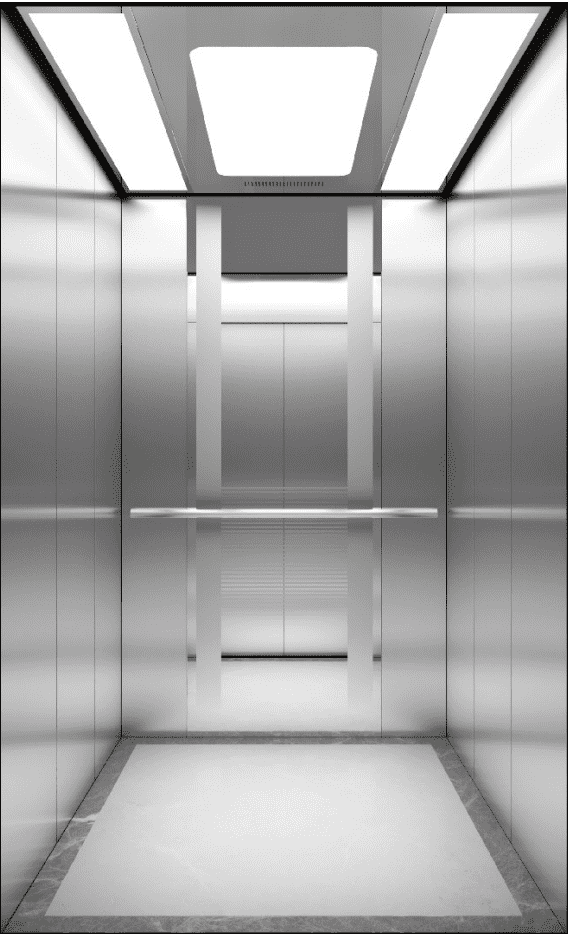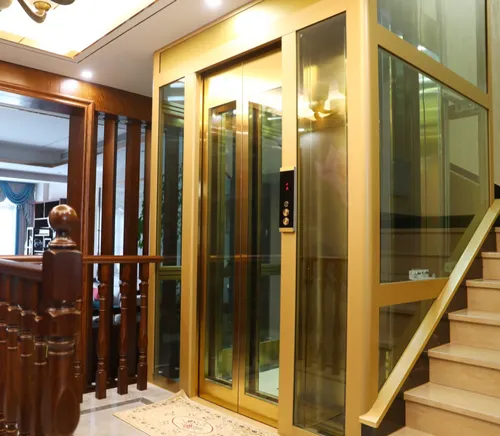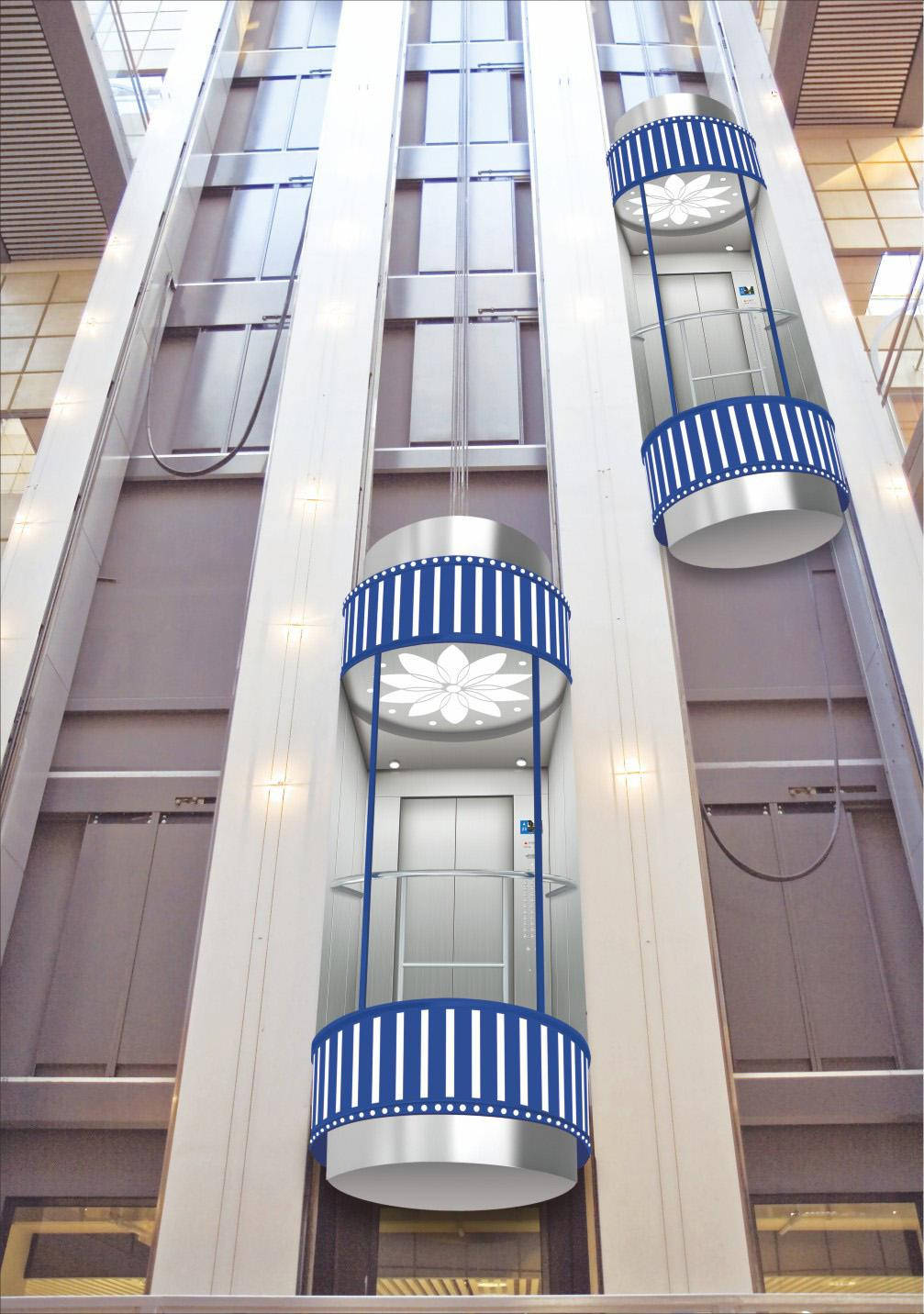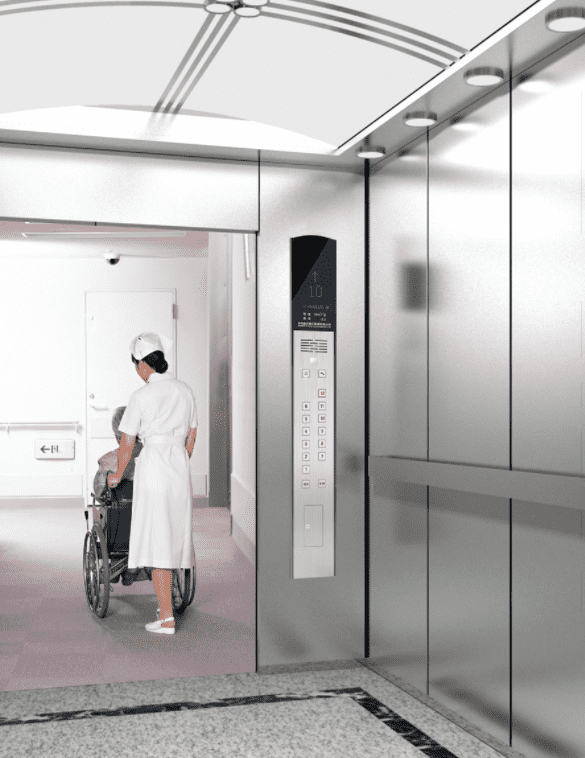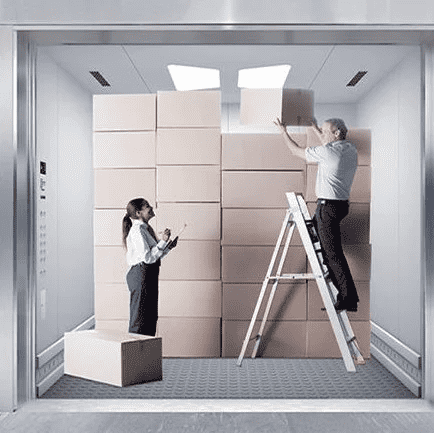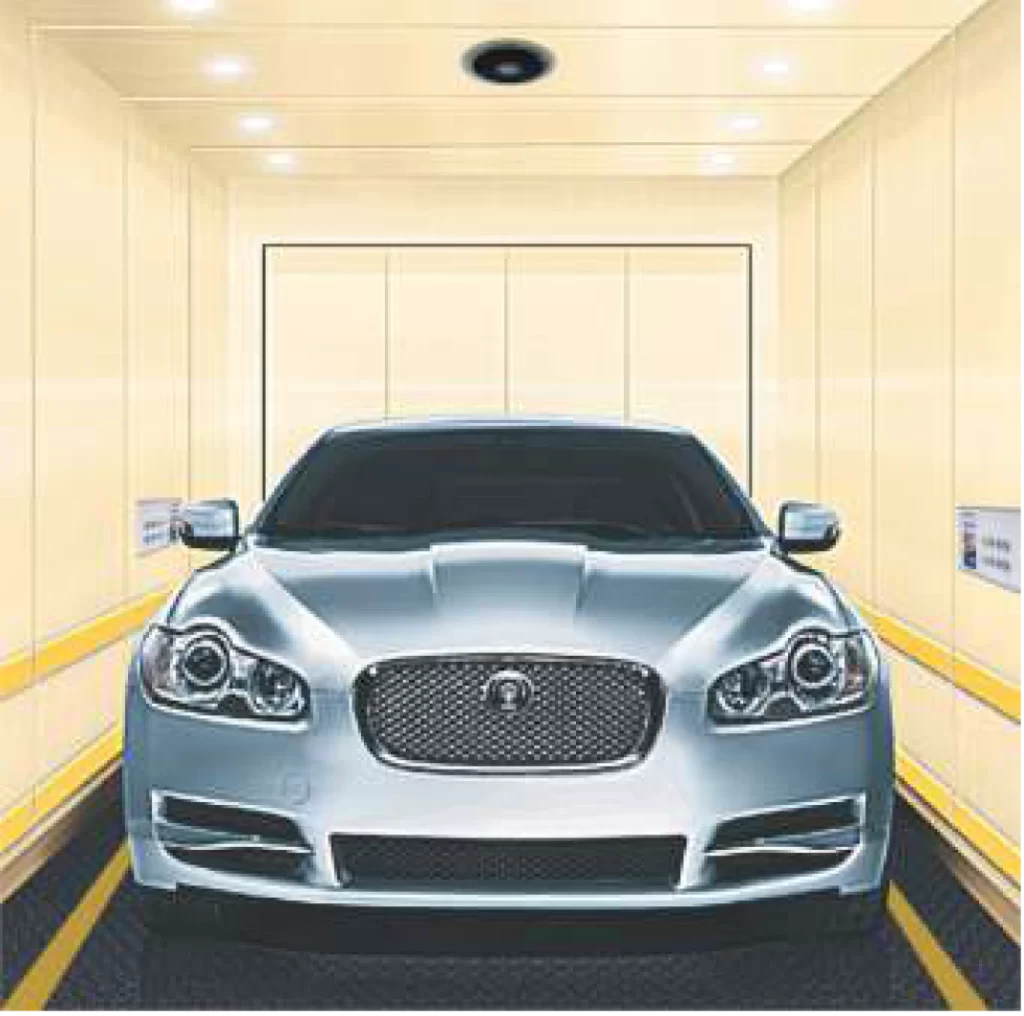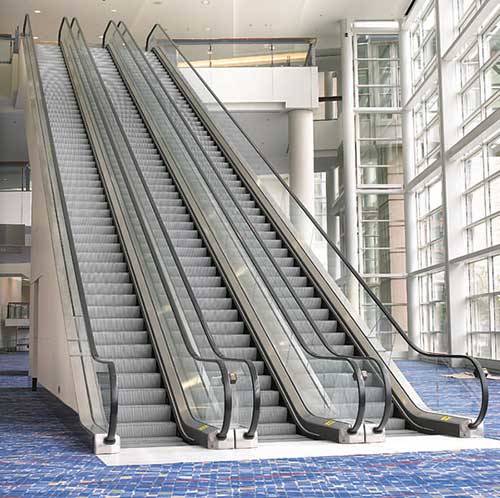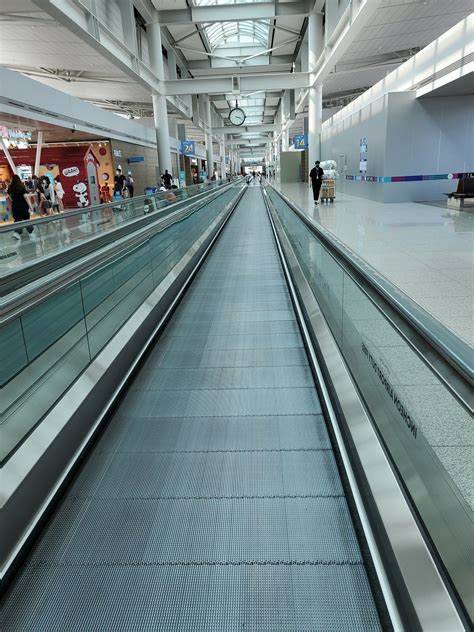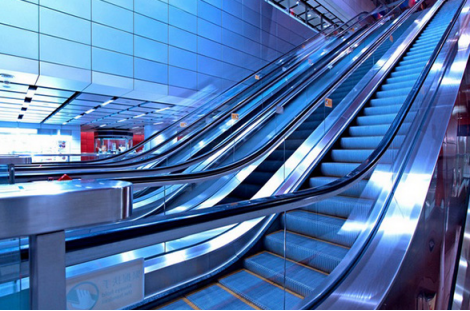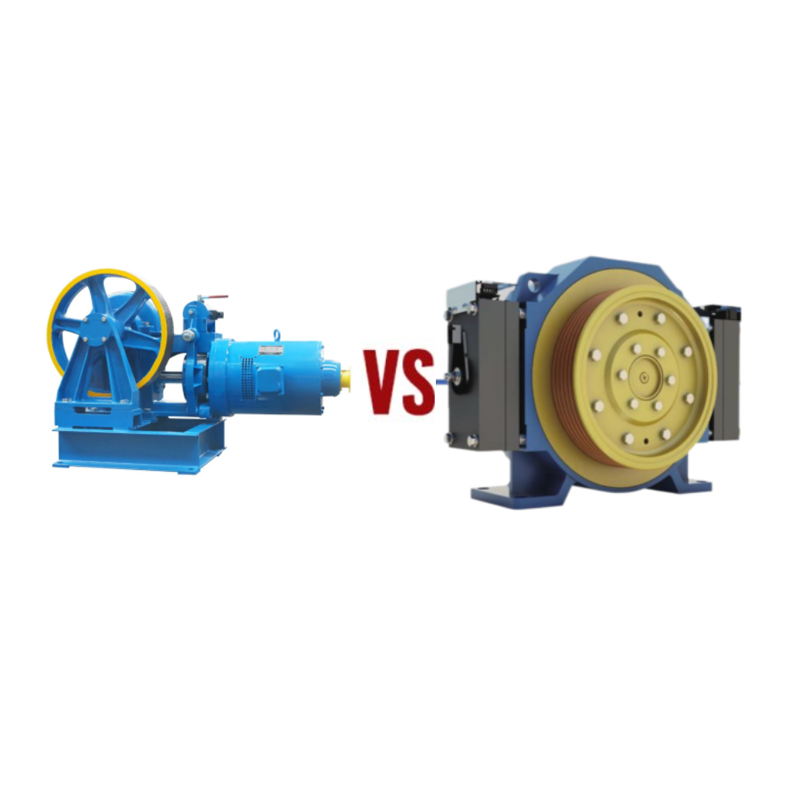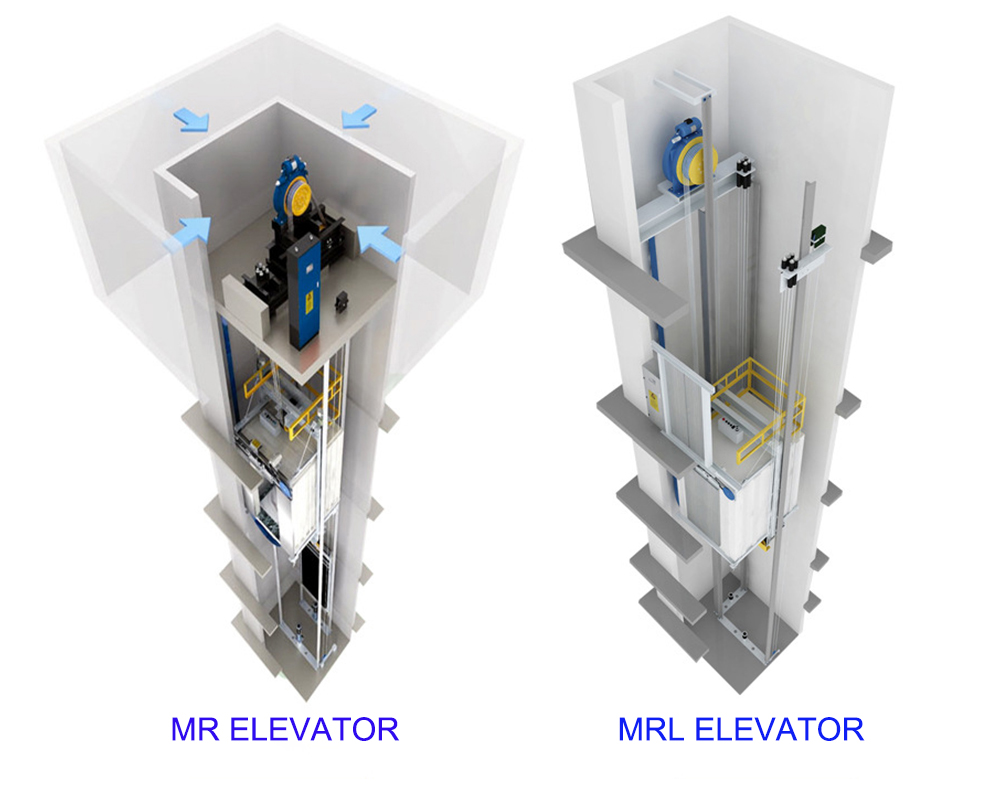Can Elevator Doors Crush You?
Elevator doors are a common part of daily life, yet many people may wonder: “Can elevator doors actually crush you? ” This question often arises due to concerns about safety and the potential risks involved in using elevators. In this article, we will explore this topic from several key perspectives, including the design and safety mechanisms of elevator doors, the force and speed at which they close, real-life incidents, tips for safe use, and future technological advancements.
Design and Safety Mechanisms of Elevator Doors
Closing Force and Speed of Elevator Doors
Case Studies and Incident Analysis
How to Use Elevators Safely
Future Technological Developments
Schlussfolgerung
Design and Safety Mechanisms of Elevator Doors
Modern elevators are equipped with various safety features designed to prevent doors from causing harm. These systems are crucial for ensuring that elevator doors do not crush passengers.
Sensors: Most elevators are equipped with infrared sensors and pressure sensors. These sensors are located at the edges of the doors and can detect objects, including hands, bags, or even the smallest obstruction. When an object or person is detected, the sensors trigger the doors to stop closing and automatically reopen. This system is highly effective in preventing accidents.
Anti-Pinch Mechanisms: Many elevators also include anti-pinch devices. These mechanisms work by reversing the door’s direction if they encounter resistance while closing. This ensures that if a person or object is caught in the door, the doors will immediately retract, reducing the risk of injury.

Closing Force and Speed of Elevator Doors
The force and speed at which elevator doors close are carefully regulated to maximize passenger safety.
Design Standards: Elevator doors are designed to meet strict international and national safety standards. These standards specify the maximum force that doors can exert when closing, as well as the speed at which they should close. The goal is to ensure that doors do not close with enough force to cause injury.
Safety Tolerances: Manufacturers take into account safety tolerances when designing elevator doors. This means that even if the doors were to malfunction, the force applied would generally not be sufficient to cause serious harm. Additionally, the doors are designed to close slowly enough to allow passengers ample time to react and step away if necessary.
Case Studies and Incident Analysis
While elevator doors are generally safe, there have been instances where accidents occurred. Analyzing these cases can provide valuable insights into potential risks and safety improvements.
Accident Examples: There have been rare instances where individuals have been injured by elevator doors. In many cases, these incidents were due to a malfunction of the safety sensors or a failure to perform regular maintenance. Understanding these examples can highlight the importance of regular inspections and maintenance of elevator systems.
Improvements and Prevention: After such incidents, safety measures are often reviewed and improved. For example, more robust sensors or additional safety checks may be implemented to prevent similar accidents from happening in the future. These improvements are crucial for maintaining the safety of elevator systems.
How to Use Elevators Safely
Passengers also play a role in ensuring their own safety when using elevators. Here are some tips for safe elevator use:
Passenger Behavior: Avoid rushing into or out of an elevator as the doors are closing. It’s important to wait for the next elevator if you are running late rather than risking an accident. Additionally, never try to block the doors from closing with your hands, feet, or objects, as this can interfere with the safety sensors.
Emergency Procedures: If you do happen to get caught in the elevator doors, it’s important to remain calm. Modern elevators are designed to detect resistance and will usually reopen automatically. If the doors do not reopen, use the emergency button inside the elevator to alert building security or maintenance staff.
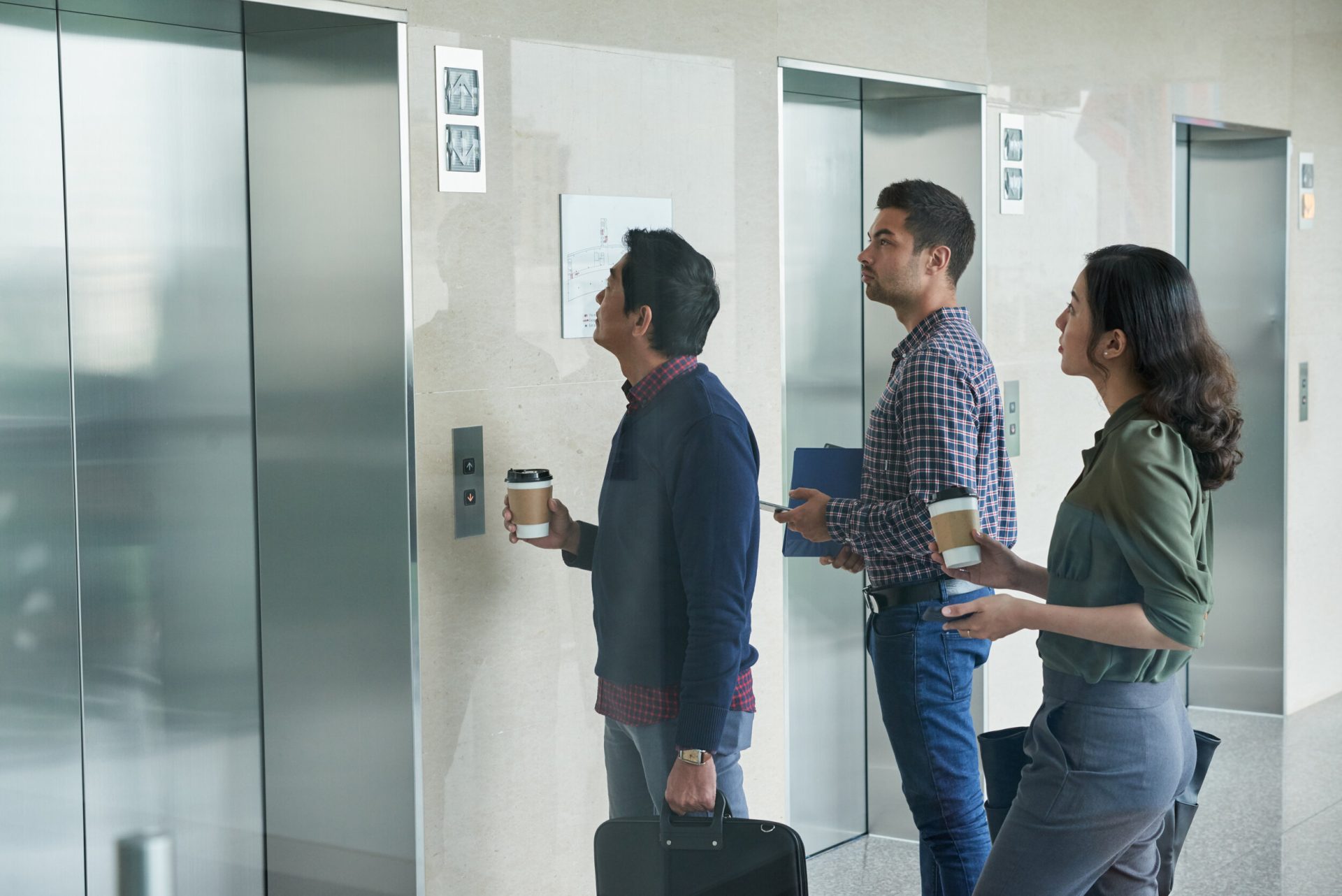
Future Technological Developments
As technology continues to advance, so too does the safety of elevators. Here are some developments that could enhance elevator safety in the future:
Smart Elevator Technology: Future elevators may incorporate even more advanced sensors and AI-driven systems that can predict and respond to potential safety hazards before they occur. For example, AI could be used to analyze the behavior of the doors in real-time, detecting even minor issues that could lead to malfunctions.
Automatic Monitoring Systems: Advanced monitoring systems could be installed in elevators to continuously track the condition of the doors and other critical components. These systems could automatically schedule maintenance when needed, further reducing the risk of accidents.
Schlussfolgerung
In summary, while the idea of being crushed by elevator doors might seem frightening, the reality is that modern elevators are equipped with numerous safety features designed to prevent such accidents.At FUJIRISE, The force and speed of the doors are carefully controlled, and sensors are in place to detect any potential obstructions. However, it’s still important for passengers to be mindful of their behavior when using elevators and to stay informed about safety protocols. With continued technological advancements, the future of elevator safety looks even more promising, further minimizing the risks associated with elevator doors.

